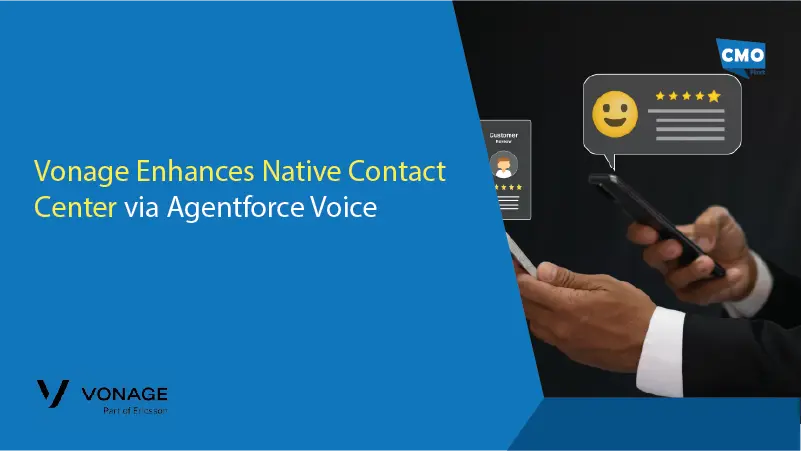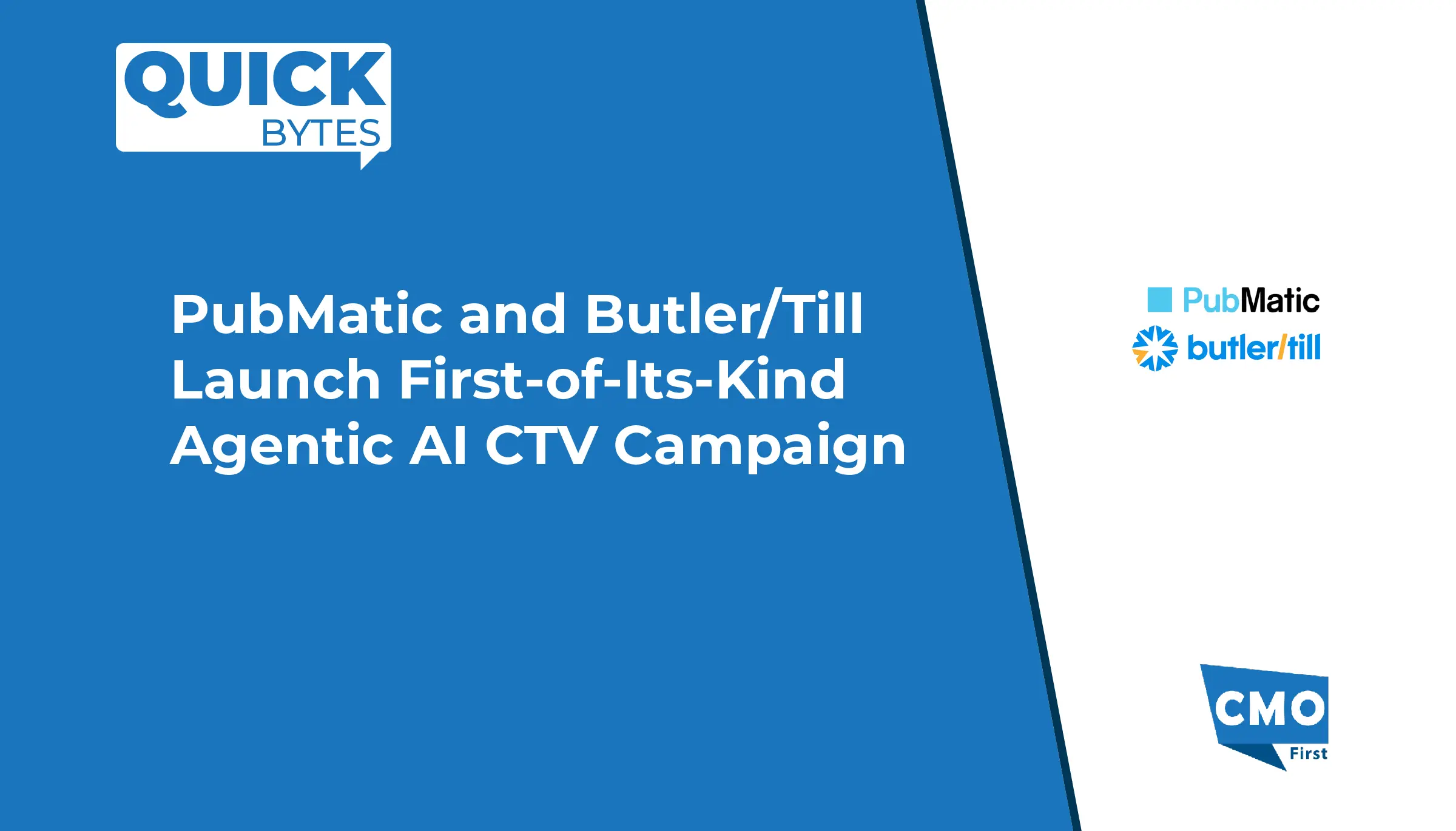As our industry continues to move away from the usage of cross-site identifiers such as third-party cookies or device identifiers, the future of advertising is beginning to look different. Advertisers are therefore wondering how these changes might impact the effectiveness of their audience capabilities and their ability to measure campaign performance. At the same time, publishers reliant upon advertising revenue are contemplating changes in monetisation strategies for their sites. At Microsoft Advertising, we are innovating for the future of digital advertising in many ways, including our approach to privacy-preserving solutions, to help our customers embrace this new era.
In an evolving digital landscape, privacy preservation and the sustainability of digital advertising are paramount. Microsoft Advertising recognises these challenges and is engaging with industry-wide efforts that respect user privacy whilst ensuring the viability of digital advertising practices. This includes preliminary support for Google Chrome’s Privacy Sandbox APIs across Microsoft Advertising products.
The Privacy Sandbox initiative marks a first step towards enhancing privacy on the web. Whilst acknowledging its potential, we are also mindful of the limitations such as those identified by the IAB Tech LabOpens in new window, which could affect its broad acceptance and effectiveness within the ad tech community.
Also Read: VELOX Media Has Been Named a 2024 Google Premier Partner
At Microsoft Advertising, we will work to integrate with these new standards, minimising disruption to our partners and paving the way for a more privacy-conscious advertising ecosystem. At the same time, we will continue to contribute to the innovation of privacy enhancing technologies to fully support the requirements of digital advertising.
Microsoft Edge’s recently announced Ad Selection APIOpens in new window represents an evolution from their previous contributions to privacy in advertising. It has been designed to allow advertisers to select and deliver relevant ads to users without relying on third-party cookies. Microsoft Advertising believes that Ad Selection API strikes the right balance between upholding user privacy and ensuring the continued effectiveness of digital advertising.
The Ad Selection API is designed with privacy as its core principle. It uses privacy-first principles, such as K-anonymity, differential privacy, and processing data in opaque environments, to ensure that personal information remains secure and user privacy is respected.
A cornerstone of the Ad Selection API is its utilisation of Trusted Execution Environments (TEEs), which are secure areas within a computer or server’s main processor designed to protect sensitive information from being accessed or tampered with. This approach ensures efficiency, reduces latency, and maintains a level of operational familiarity for ad technology companies, thereby easing the transition into this new advertising paradigm.
Microsoft’s commitment to openness is reflected in how we will continue to improve on Ad Selection API with collaboration from the industry. By working closely with organisations like the IAB Tech Lab, Prebid and embracing community-led standards, we are contributing to a more diversified and resilient digital advertising ecosystem.
Microsoft’s mission is to empower every person and every organisation on the planet to do more; and this translates into building a web that works for all. We have a long-standing commitment to privacy and in this rapidly evolving ecosystem, Microsoft Advertising’s stance is clear: we are dedicated champions of user privacy, whilst empowering better advertising for all. Our goal is to leverage our extensive advertising expertise and privacy-first principles to build solutions that redefine how targeted advertising works in a world with fewer cross-site identifiers. We will continue to work collaboratively with the industry to help inform the web browser community and further innovate in user privacy and digital advertising.
SOURCE: Microsoft























Leave a Reply